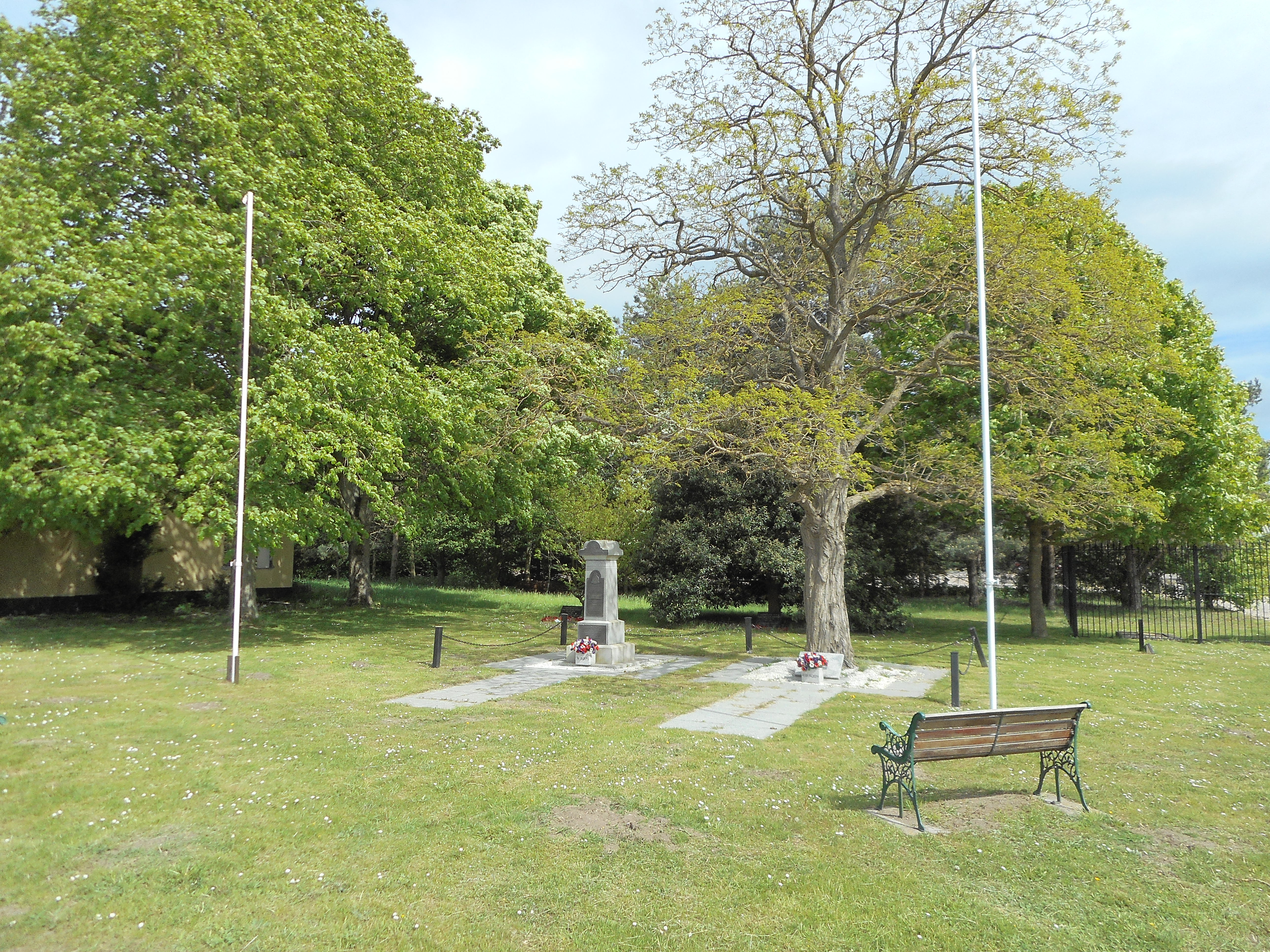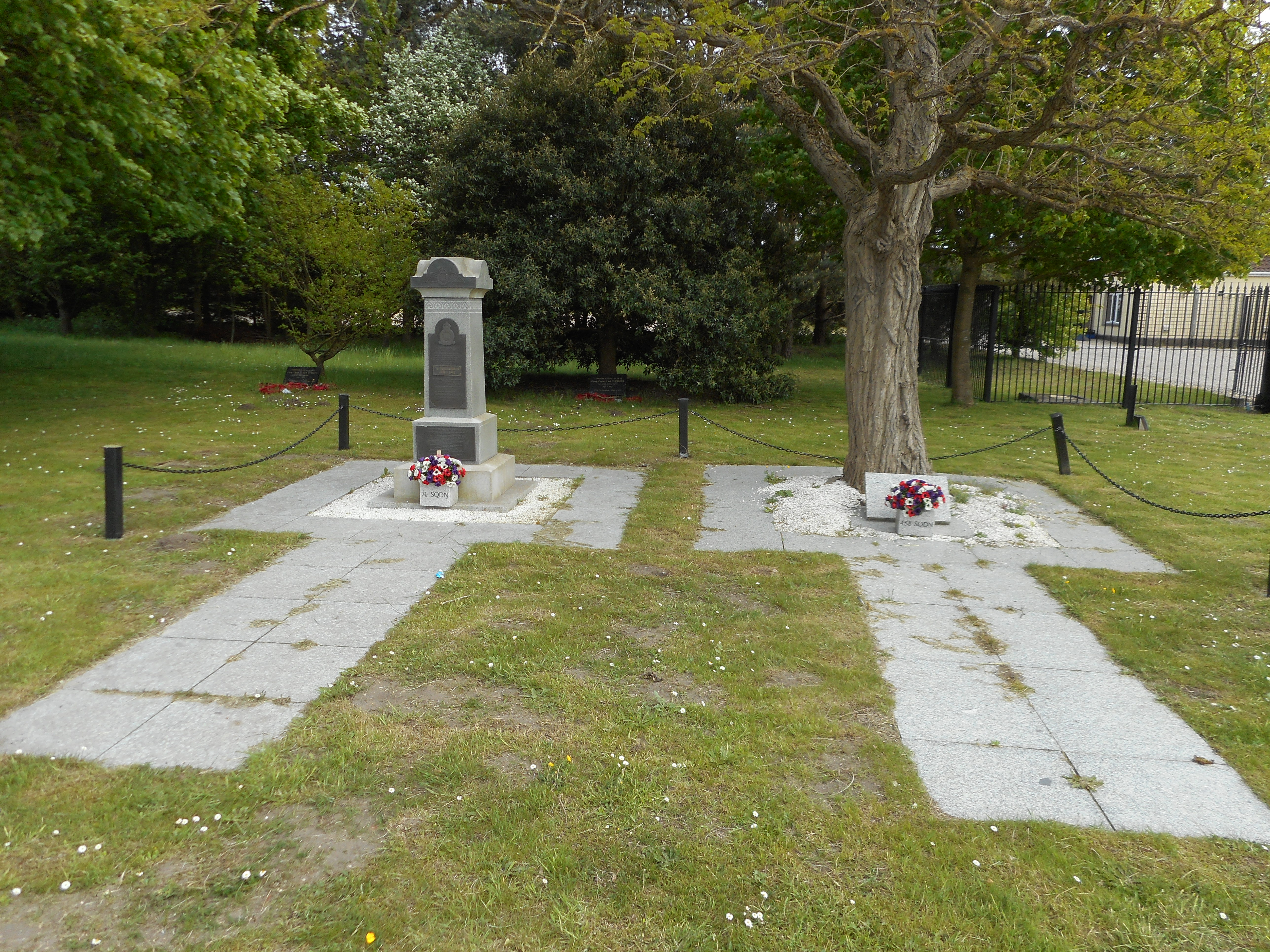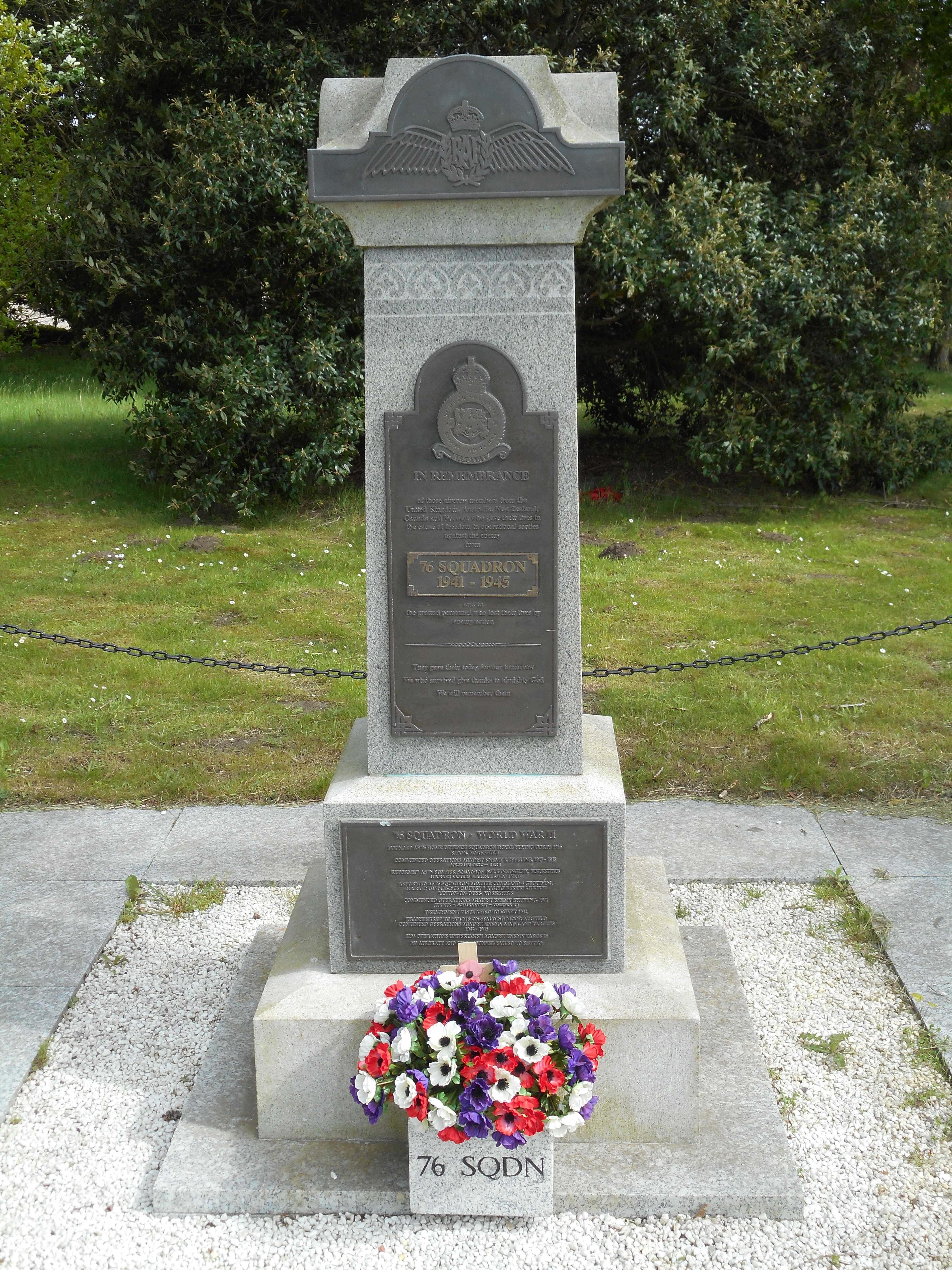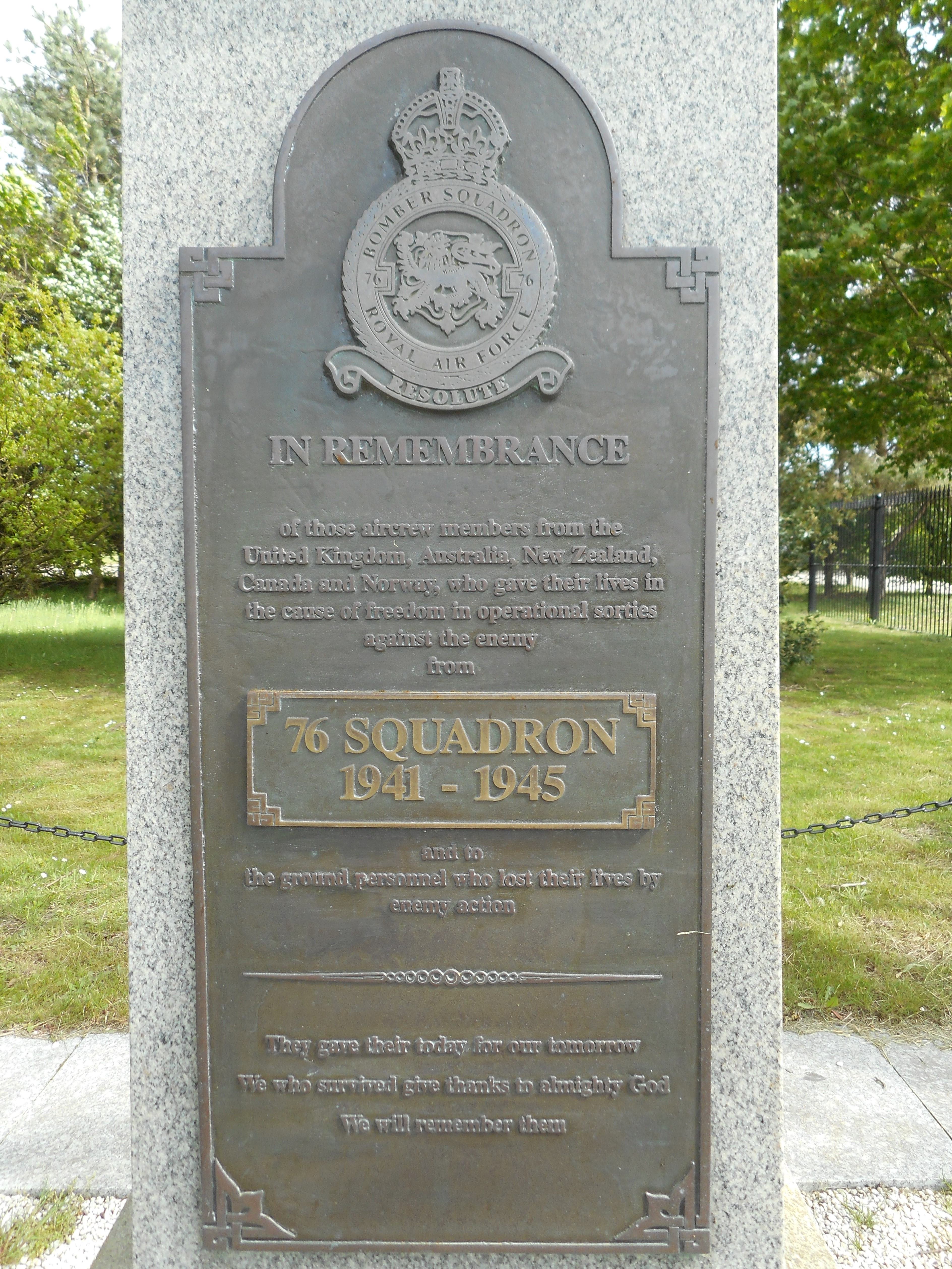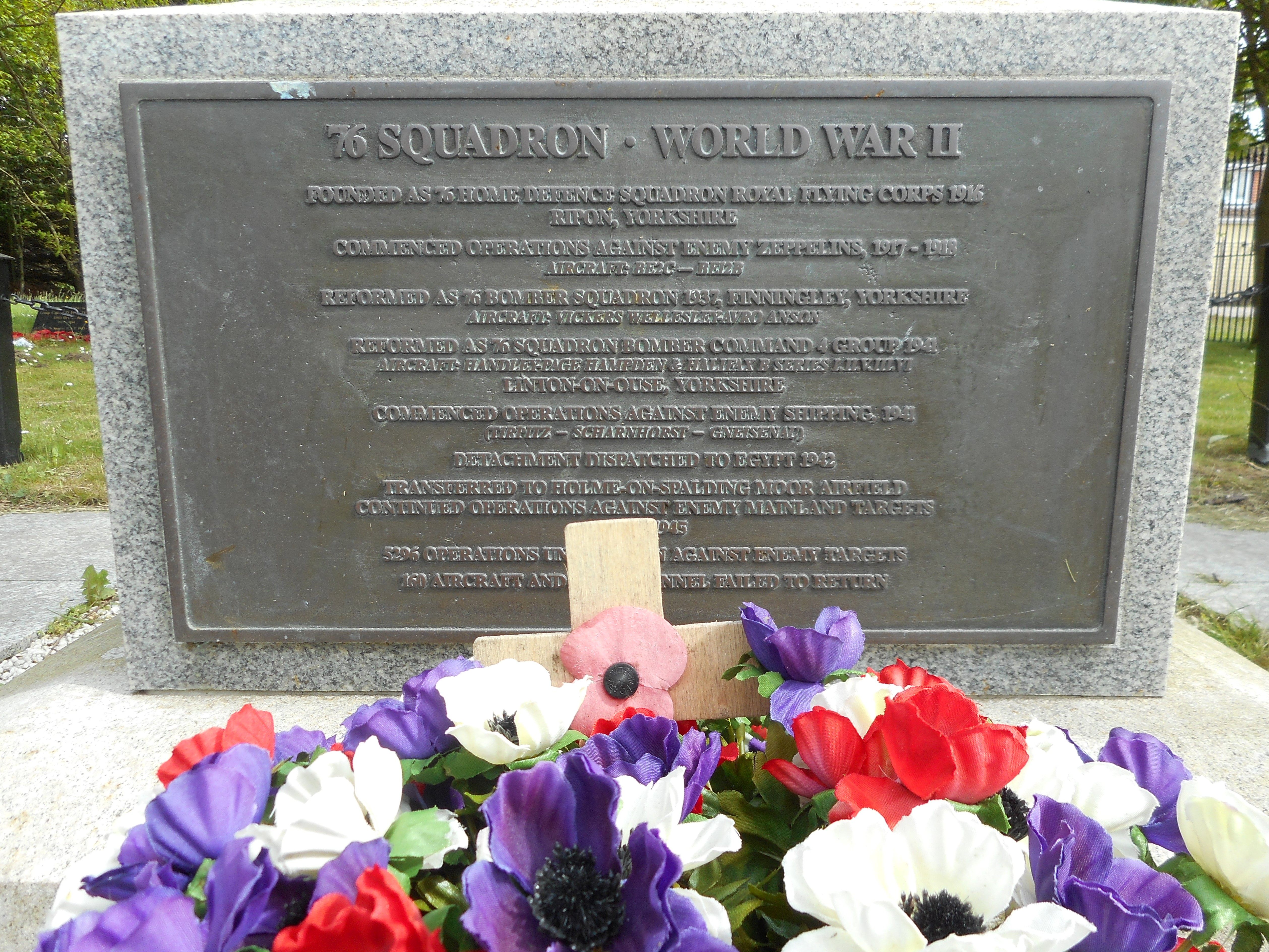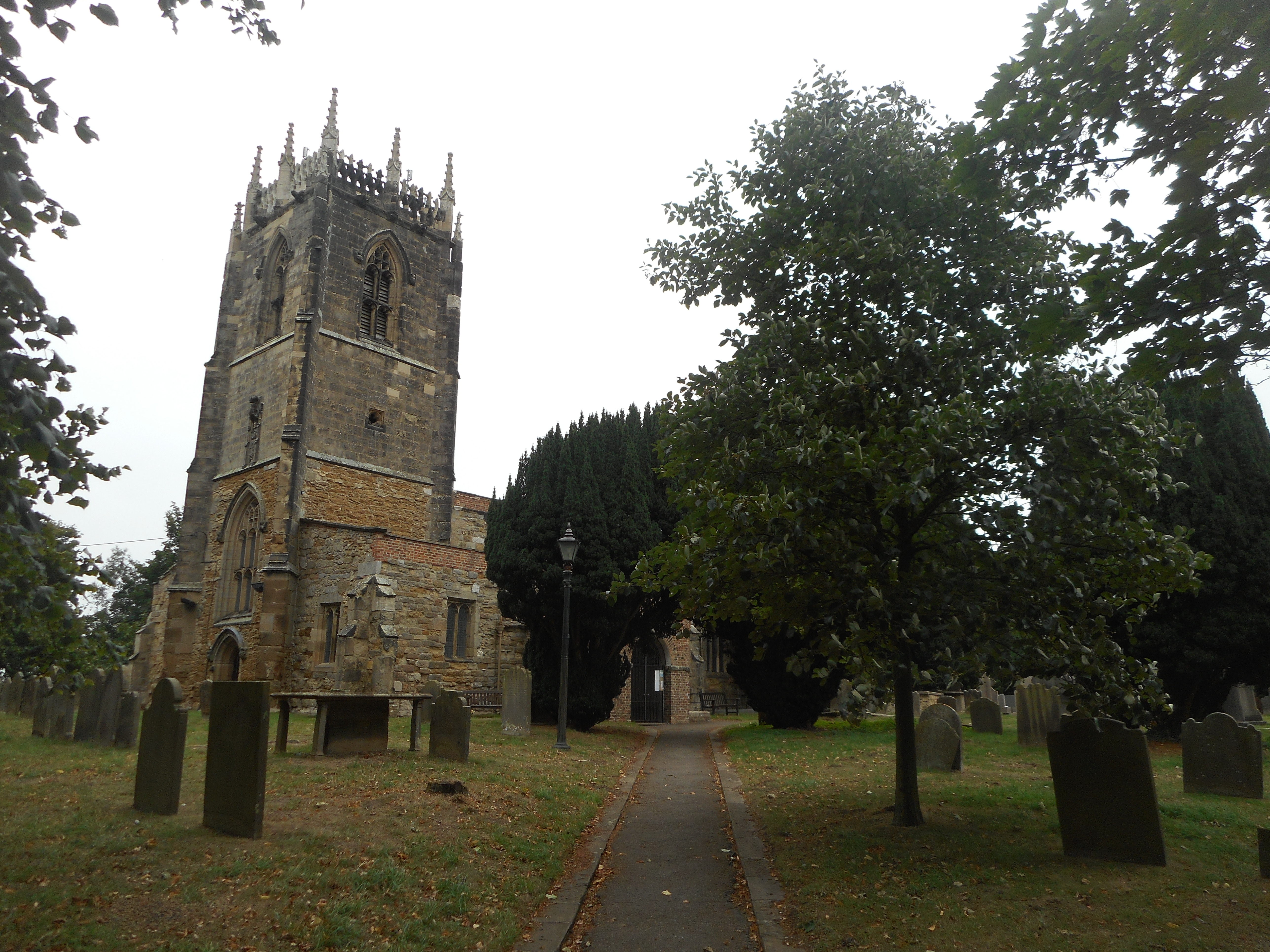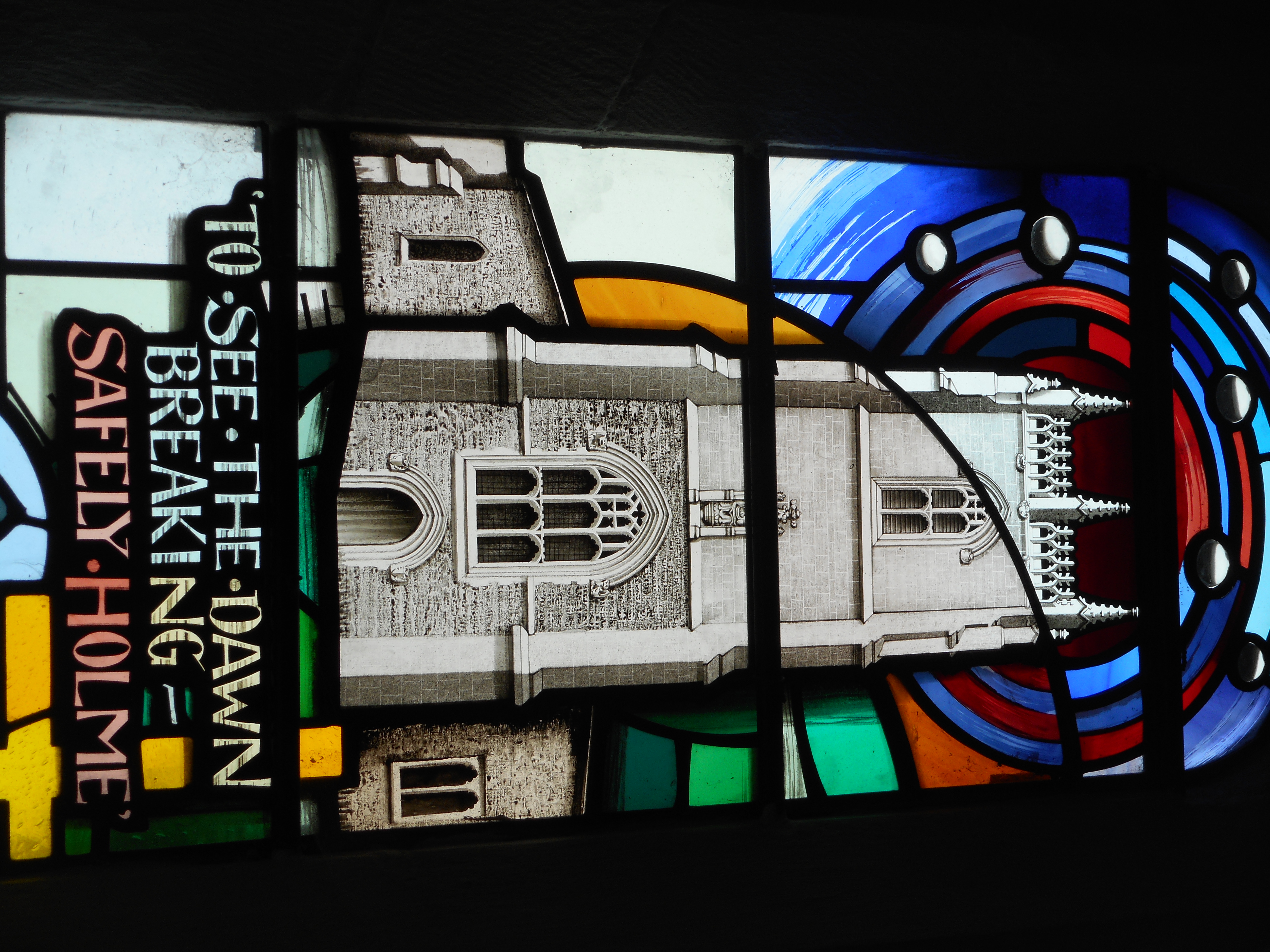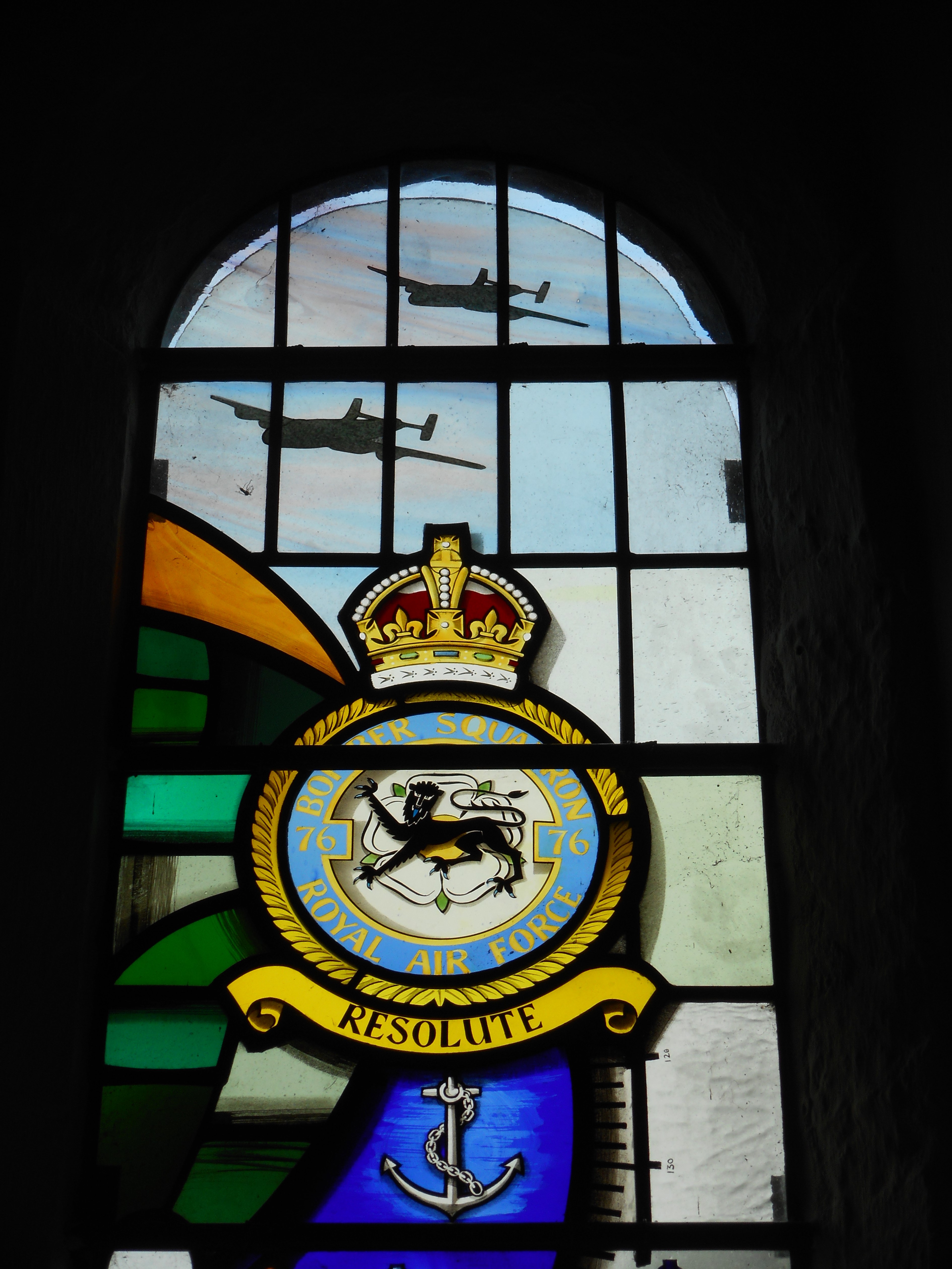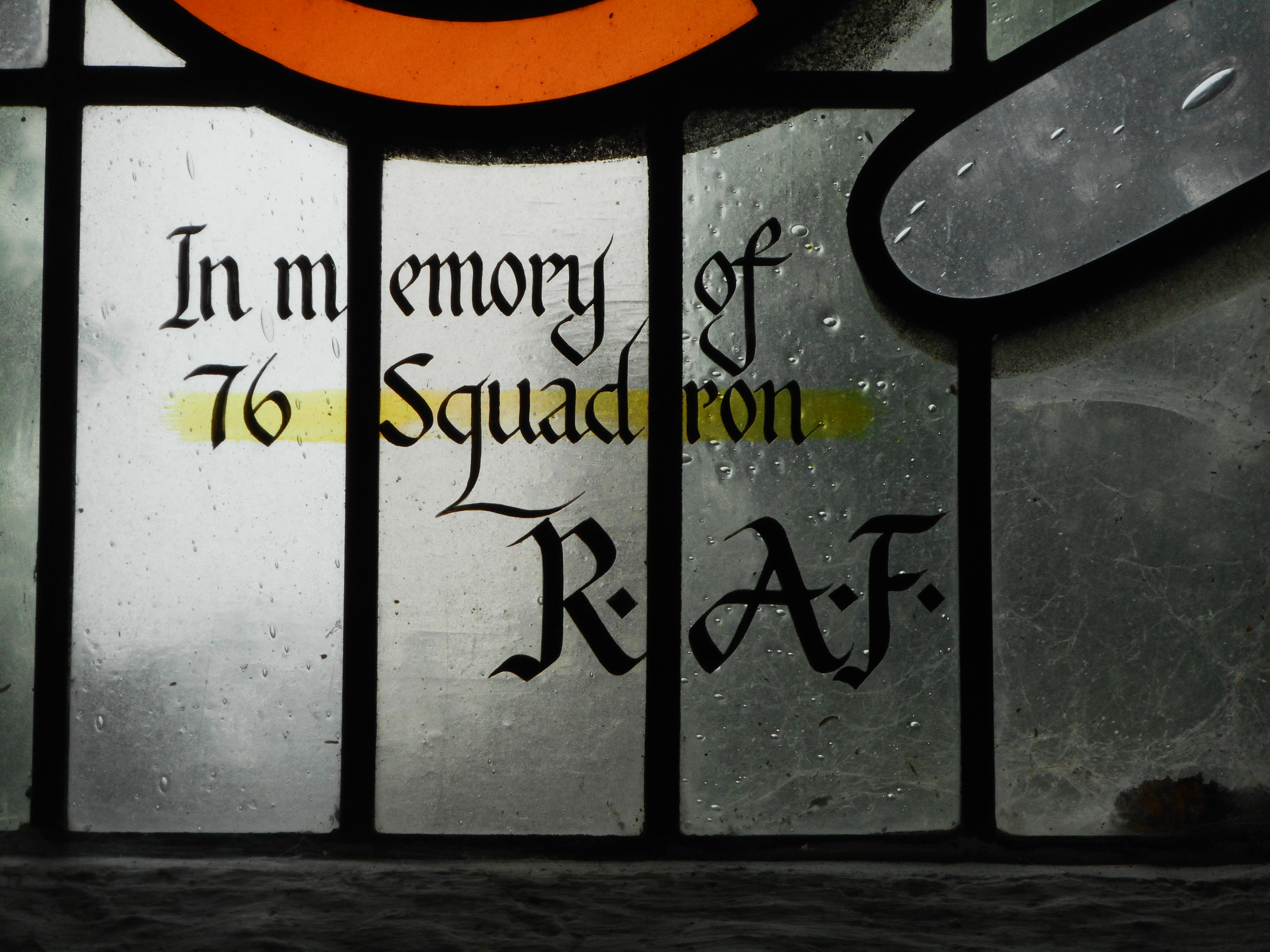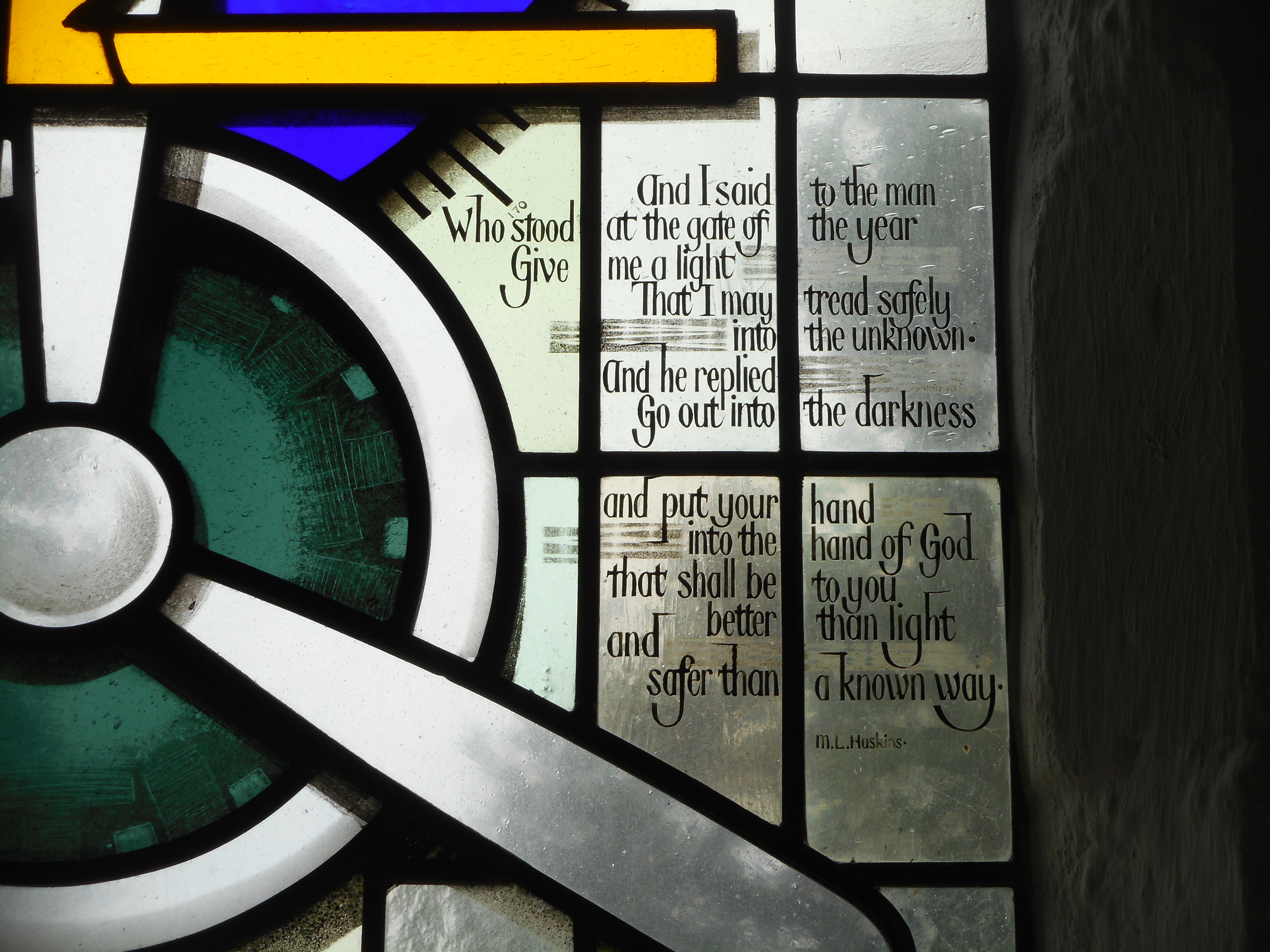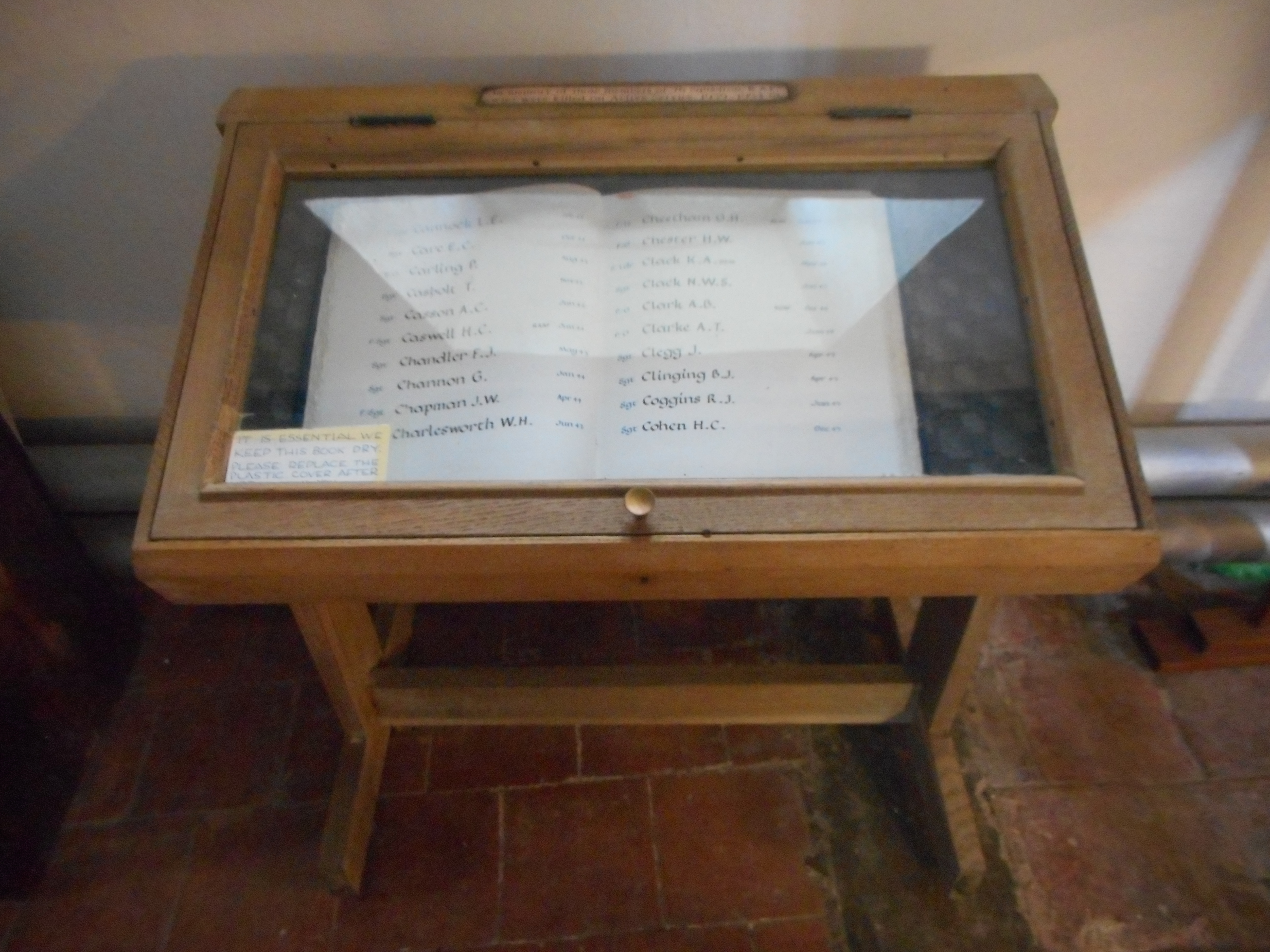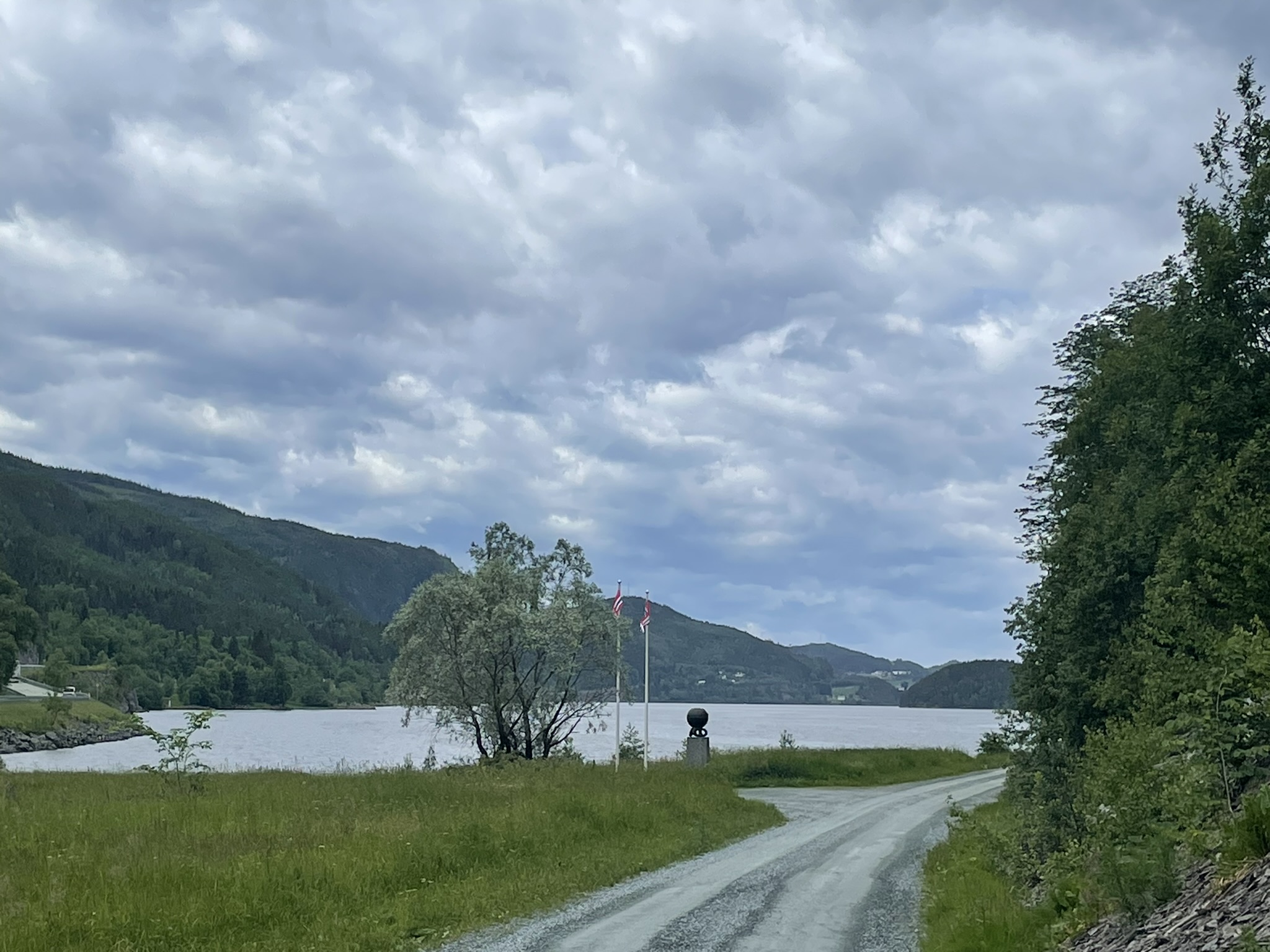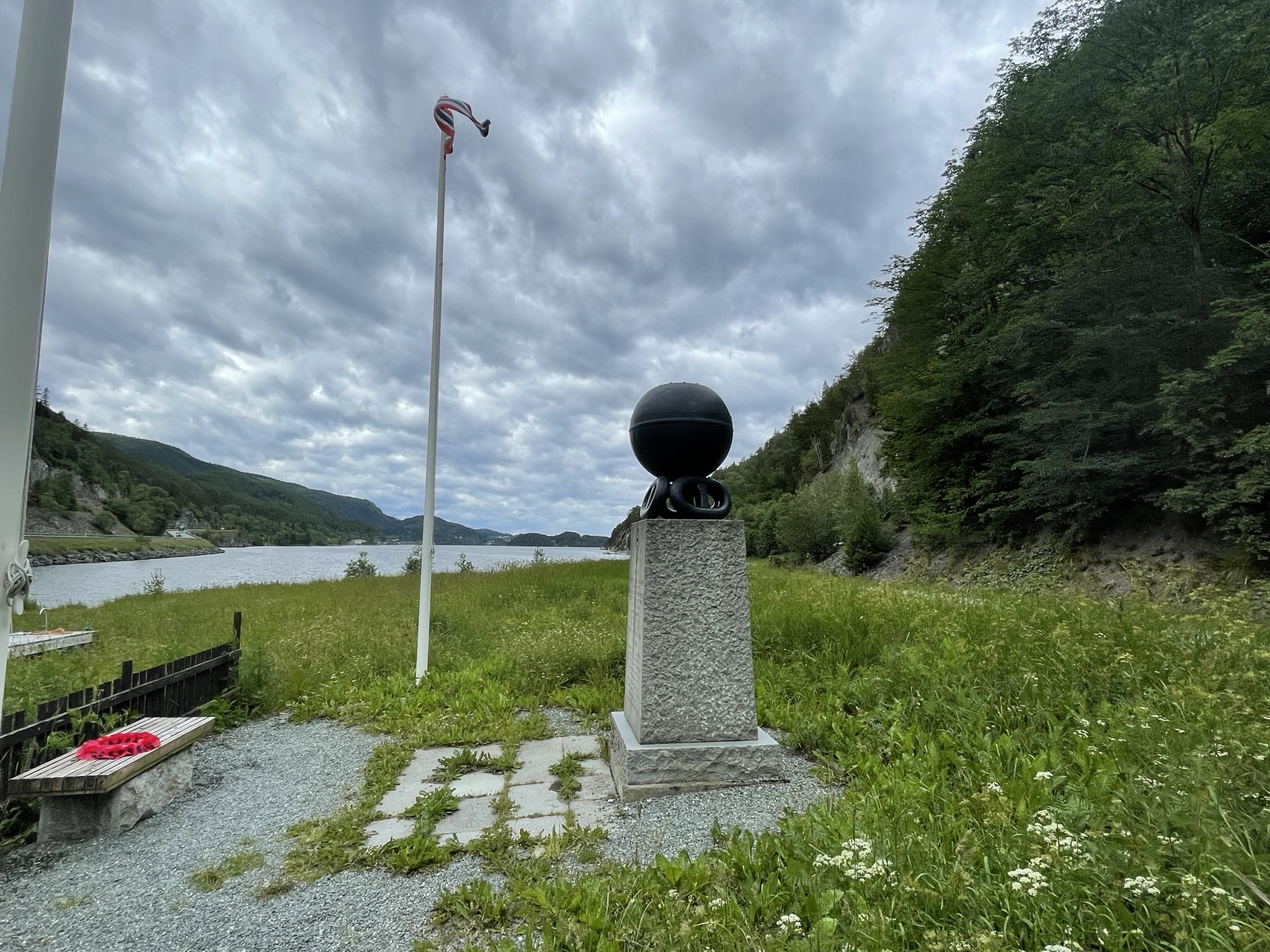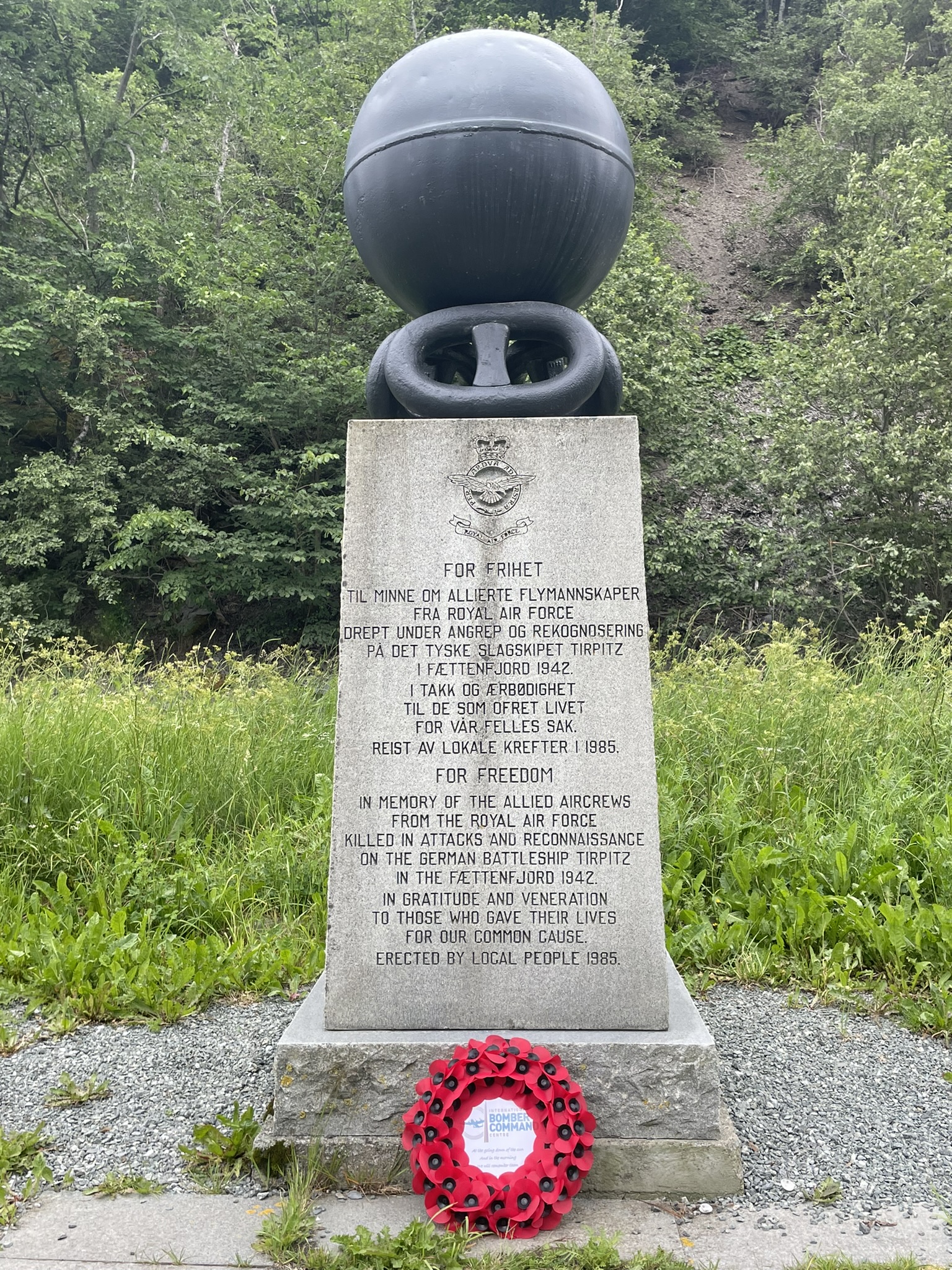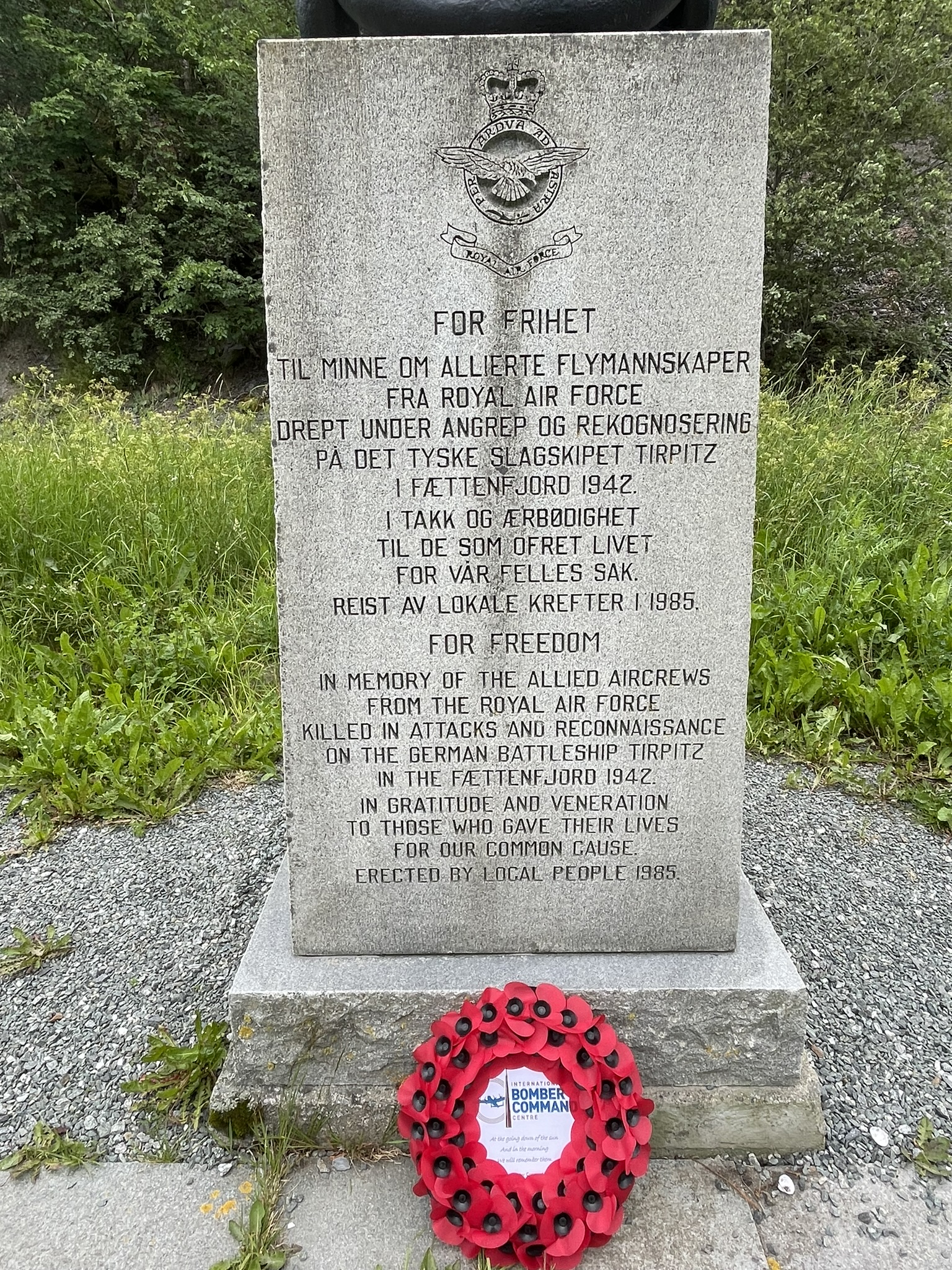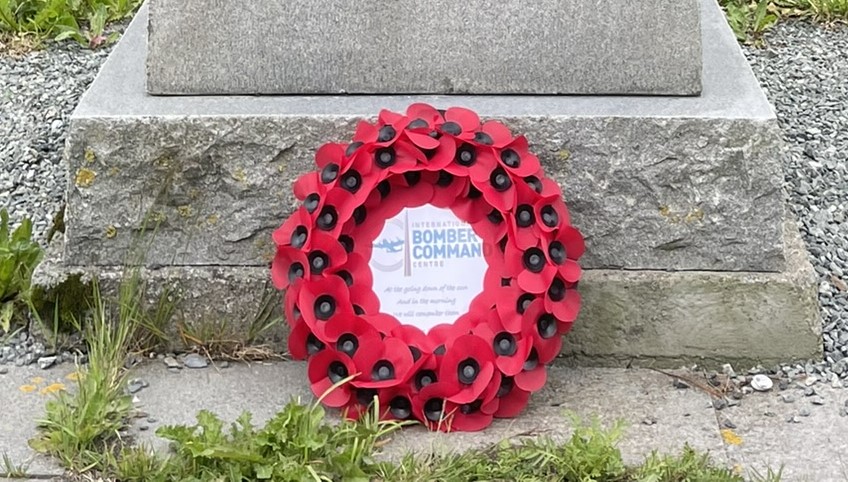Green, Peter Harry Barrowclough P.
Personal Information
| Rank | Sgt |
| Forename(s) | Peter Harry Barrowclough P. |
| Surname | Green |
| Gender | M |
| Age | 20 |
| Date of Death | 18-01-1943 |
| Next of Kin | Son of Douglas and Evelyne May Green, of Langthorpe, Yorkshire. |
Aircraft Information
| Aircraft | Handley Page Halifax II |
| Serial Number | DT647 |
| Markings | MP-P |
Memorial Information
| Burial/Memorial Country | United Kingdom |
| Burial/Memorial Place | Runnymede Memorial |
| Grave Reference | Panel 151. |
| Epitaph |
IBCC Memorial Information
| Phase | 2 |
| Panel Number | 172 |
Enlistment Information
| Service Number | 1379175 |
| Service | Royal Air Force Volunteer Reserve |
| Group | 4 |
| Squadron | 76 |
| Squadron Motto | Resolute |
| Trade | Air Gunner |
| Country of Origin | United Kingdom |
Other Memorials
| Location | Behind old Main Guardroom, former Holme On Spalding Moor Airfield, East Yorkshire |
| Country | United Kingdom |
| Memorial Type | Stone Pillar with inscribed Metal Plaques |
| Memorial Text | In Remembrance of the aircrew members from the UK,Australia,New Zealand,Canada and Norway,who gave their lives in the cause of freedom in operational sorties against the enemy from 76 Sqn 1941-1945 and to the ground personal who lost their lives by enemy |
| Location | All Saints Church, Holme On Spalding Moor, East Yorkshire |
| Country | United Kingdom |
| Memorial Type | Stained Glass Window and Roll of Honour within Wooden Box with inscribed Metal Plaque |
| Memorial Text | S G Window In memory of 76 Sqn R.A.F / Roll of honour In memory of those members of 76 Sqn R.A.F who were killed on active service 1939-1954 |
| Location | Roadside location (off E6), Fættenfjord, near Åsenfjord, Trøndelag Fylke |
| Country | Norway |
| Memorial Type | Inscribed memorial stone atopped with inert aerial sea mine and Tirpitz anchor chain link |
| Memorial Text |
For Frihet Til minne om Allierte Flymannskaper fra RAF drept under angrep pa det tyske slagskipet Tirpitz i Fættenfjord 1942
Translation "For freedom In memory of the Allied Aircrews from the RAF who died in attacks on the German Battleship Tirpitz in the Fættenfjord 1942 " |
Commonwealth War Graves Commission
The National Archives
| Record of Events (Operational Record Book) AIR 27/651/2 |
| Summary of Events (Operational Record Book) AIR 27/651/1 |
Fellow Servicemen
Please note that this list gives all the losses aboard the quoted aircraft and occasionally these may have occurred on an earlier date when the aircraft was not itself lost. Please check the dates of death carefully.
Last Operation Information
| Start Date | 17-01-1943 |
| End Date | 18-01-1943 |
| Takeoff Station | Linton-on-Ouse |
| Day/Night Raid | Night (90% moon) |
| Operation | Berlin. 170 aircraft, 22 lost (11.8%). The second attack on Berlin in as many nights. Gee and Oboe could not be used for target markers since Berlin was out of their range of operation. PFF failed to mark the centre of the city, resulting in most of the bombing taking place in the southern suburbs. A BMW aircraft factory was hit at Spandau but only slightly damaged. The Berlin report classified not one building as being destroyed or seriously damaged. The heavy losses of this raid were due in part to using exactly the same route as the previous evening, making it easy for German fighters to find the stream. Richard Dimbleby was aboard a 106 Sqn Lancaster, flown by W/C Guy Gibson. |
| Reason for Loss | Shot down 40km NW of the island of Juist by a night-fighter flown by Oblt. Paul Zorner of 2./NJG3 at 21.54. Paul Zorner entered into correspondence in 2002 with Bjorn Naess's nephew and gave a vivid account of the events. It had been Paul's first victory and was unusual in being so far from his radio beacon (50km), and the attack took place from a very short range, all of which meant the events were etched on his memory. In one of his emails, Paul remarks "The world is crazy. Why had your uncle to bomb our towns and why had I to try to prevent that? Why couldn't we both go skiing together.....I can't change the world and you can't do too!". |
